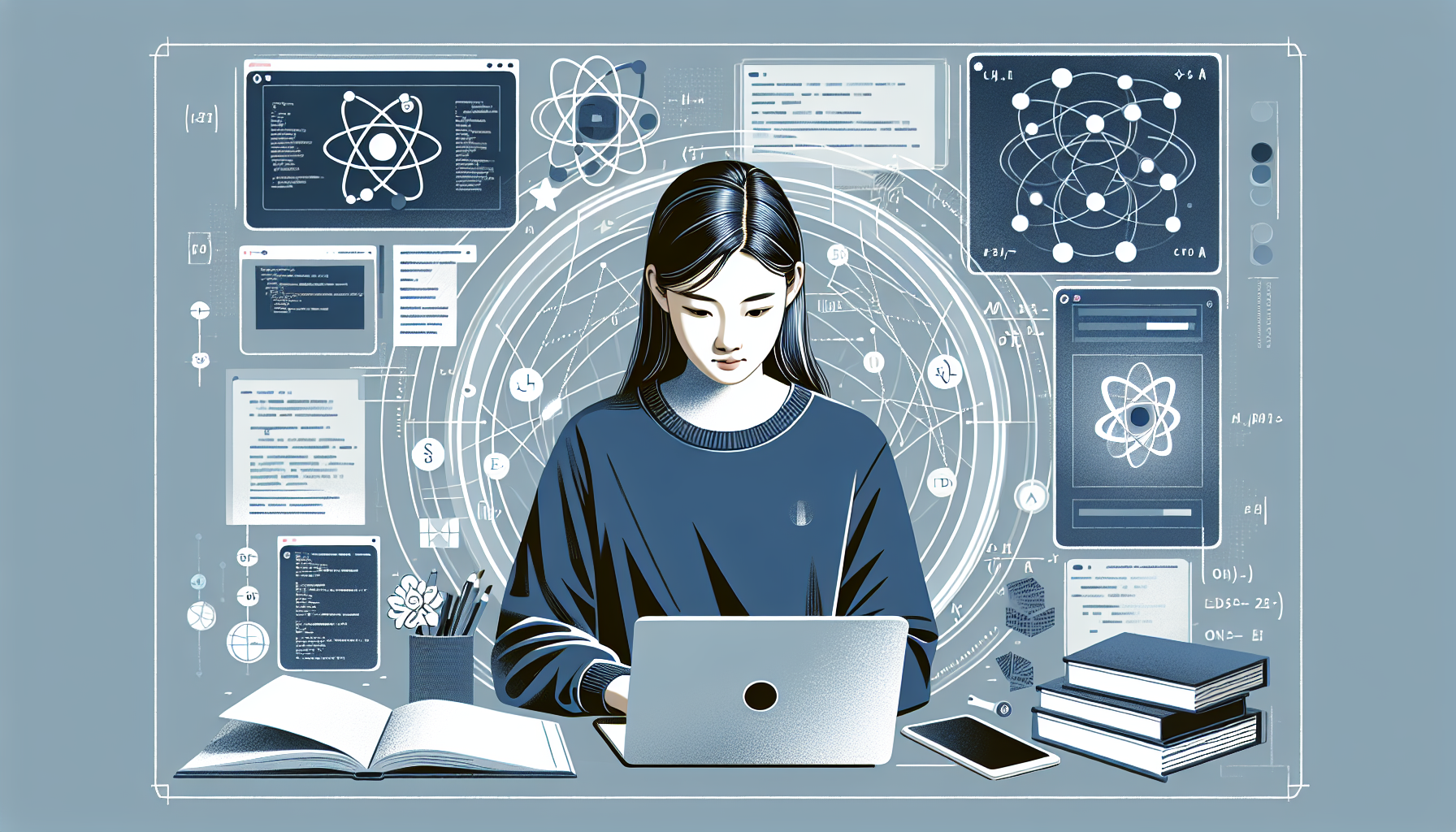Effective flashcards for science courses can be a game changer for STEM students. Juggling dense textbooks and intricate theories can be overwhelming. But using flashcards might reveal a surprising advantage in mastering complex topics with ease.
Mastering Complex Science Concepts With Flashcards
Efficient use of flashcards can enhance your understanding of complex science concepts significantly. By breaking down detailed topics into digestible snippets, flashcards enable focused, active recall practice, which is key to memorization. When studying biology, for instance, consider breaking down processes like photosynthesis into step-by-step cards. This methodical approach simplifies learning and helps in connecting larger scientific ideas.
Sequential Learning
Arranging flashcards in a sequence promotes understanding of intricate procedures and relationships within scientific phenomena. As you flip through each card, the continuity of information aids in forming a complete picture, such as detailing the various stages of cell division in a meaningful order.
Interactive Engagement
Using digital flashcards introduces interactive elements like quizzes and diagrams, enhancing engagement and comprehension. These tools cater to visual and kinesthetic learners by combining traditional learning techniques with modern technology.
Ultimately, the combination of structured information and interactive features provided by flashcards can transform the hurdle of mastering complex science topics into an achievable task.
Why Flashcards Align With Successful Study Habits
Flashcards are a timeless study tool that naturally align with effective study habits. This is due to their ability to promote active recall, where learners actively stimulate their memory during practice. This method is proven to enhance memory retention. Another benefit is the opportunity for spaced repetition, where reviewing cards over spaced intervals helps transfer knowledge from short-term to long-term memory.
Moreover, flashcards encourage self-assessment, allowing students to test their understanding and identify areas for improvement. This process of continuous feedback is crucial in developing a deeper understanding of subjects like math and science.
Flexibility and Portability
The portability of both physical and digital flashcards allows students to fit study sessions into their busy schedules. Whether waiting for a class to start or during a commute, flashcards make it easy to sneak in a few extra study moments wherever you are.
Personalization of Study
Flashcards can be customized to focus on personal study goals. By creating cards tailored to challenging topics, like chemical reactions or calculus functions, students can direct their effort where it’s needed most, ensuring a more efficient study session.
Transforming Exam Prep With Effective Flashcard Strategies
Using flashcards can transform your exam preparation by turning study sessions into dynamic and interactive experiences. The technique of active recall helps reinforce memory through repeated practice. Crafting flashcards that focus on key terms or challenging formulas can guide you through complex topics, like those found in chemistry or physics.
Incorporating Visuals
Integrating visuals into your flashcards can significantly aid in understanding and memory retention. Whether it’s a diagram of an atomic structure or a flowchart of a biological process, images can help connect concepts in a visually engaging way.
Customizing the Experience
Creating flashcards tailored to your learning style can enhance exam readiness. For example, if you’re a visual learner, adding color-coding or illustrations to your cards can make critical information stand out. If you prefer auditory learning, saying terms out loud as you review them can further cement knowledge.
By honing these strategies, students can turn daunting exam prep into a manageable and efficient process, reducing anxiety and improving performance.




